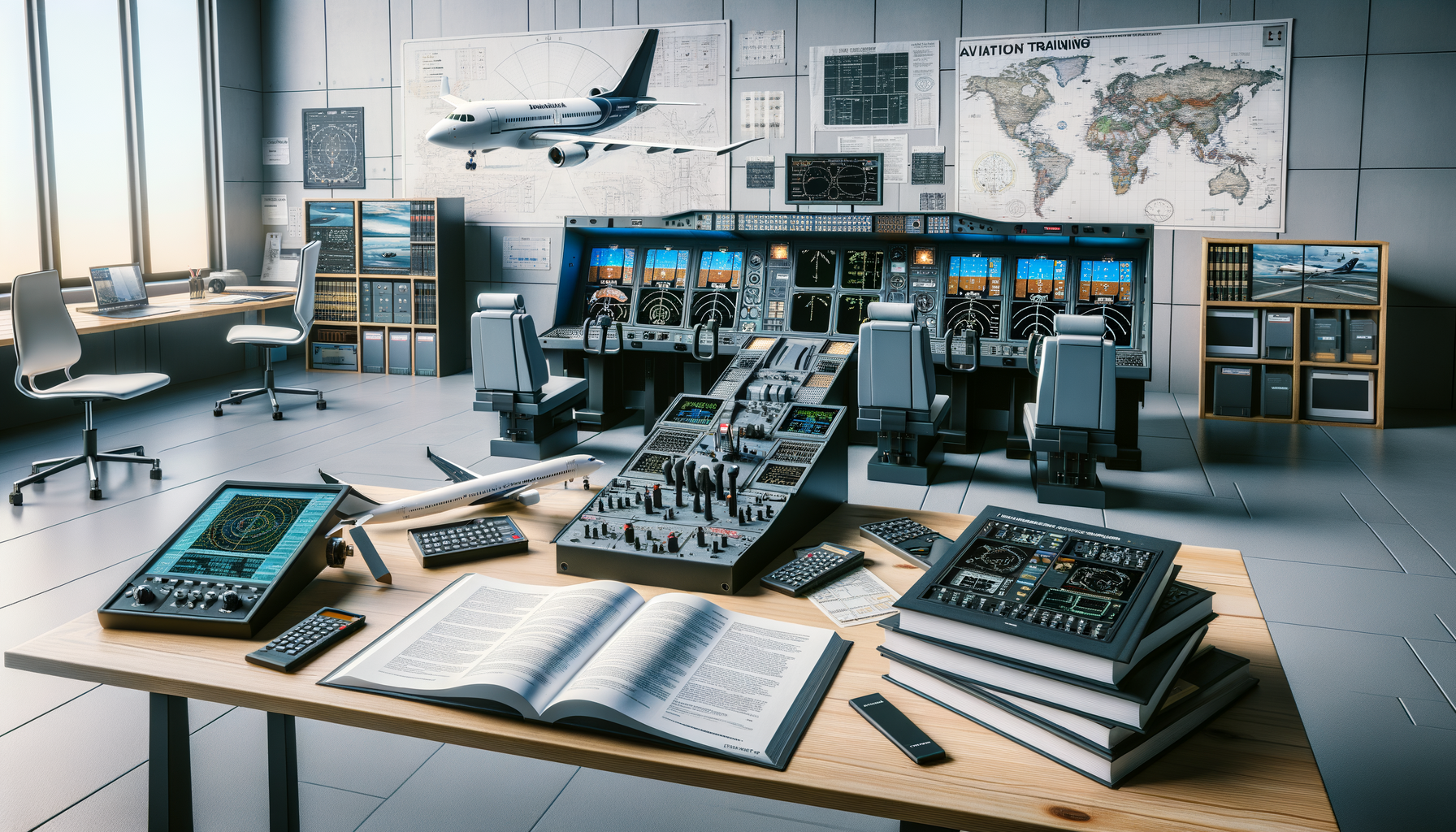
Aviation Trainings: How to Get a Job at the Airport in Australia?
Introduction to Aviation Training
Aviation training is an essential step for anyone looking to embark on a career in the aviation industry. Whether your dream is to be in the cockpit as a pilot, ensuring the safety of passengers as a flight attendant, or maintaining aircraft as an aviation mechanic, specialized training is a prerequisite. In Australia, the aviation sector is robust, offering numerous opportunities for individuals to enter the field. The training programs available are designed to equip aspiring professionals with the necessary skills and knowledge to excel in their chosen careers. This article explores the various aviation training options available in Australia, the benefits of each, and how they can pave the way for a fulfilling career at the airport.
Pilot Training Programs
Pilot training is one of the most sought-after programs in the aviation sector. In Australia, aspiring pilots can choose from a range of training schools that provide comprehensive courses. These programs typically cover both theoretical and practical aspects of flying. Students learn about aerodynamics, navigation, meteorology, and aviation regulations. Practical training includes flight simulations and actual flying hours under the supervision of experienced instructors. The ultimate goal is to obtain a Commercial Pilot License (CPL), which is a requirement for those wishing to fly commercial aircraft.
Australia’s diverse geography offers unique training environments, from coastal areas to mountainous terrains, providing pilots with varied flying experiences. Additionally, some schools offer specialized courses for those interested in flying specific types of aircraft, such as helicopters or jets. The cost of pilot training can be substantial, but many institutions offer financial assistance or payment plans to help students manage expenses.
Graduates of pilot training programs can pursue careers with commercial airlines, charter services, or even work as flight instructors. The demand for pilots is projected to grow, making it a promising career path for those passionate about aviation.
Aviation Maintenance and Engineering Training
Behind every successful flight is a team of skilled aviation maintenance and engineering professionals. These individuals ensure that aircraft are safe and airworthy. Training programs in this field cover a wide range of topics, including aircraft systems, engine maintenance, and avionics. Students learn through a combination of classroom instruction and hands-on experience, working on actual aircraft components.
In Australia, several institutions offer accredited aviation maintenance courses. Graduates typically earn a Certificate IV in Aeroskills, which is recognized by the Civil Aviation Safety Authority (CASA). This certification is crucial for those looking to work as Licensed Aircraft Maintenance Engineers (LAMEs).
The role of an aviation maintenance engineer is critical, as they are responsible for diagnosing and repairing any issues with aircraft. This career path requires a keen eye for detail, technical expertise, and a commitment to safety. The industry offers competitive salaries and opportunities for advancement, making it an attractive option for those interested in the technical side of aviation.
Flight Attendant and Passenger Service Training
For those who enjoy interacting with people and traveling, a career as a flight attendant or in passenger services might be appealing. Training programs for flight attendants focus on safety procedures, customer service, and emergency response. Trainees learn how to handle in-flight situations, from medical emergencies to unruly passengers, ensuring a safe and pleasant experience for all on board.
Passenger service training, on the other hand, prepares individuals for roles in airport operations, such as check-in agents or customer service representatives. These programs teach skills in communication, problem-solving, and managing passenger inquiries. With the aviation industry’s focus on passenger experience, these roles are crucial in maintaining high standards of service.
Both flight attendants and passenger service agents enjoy the benefits of travel, meeting people from diverse backgrounds, and working in a dynamic environment. The training for these roles is shorter compared to pilot or engineering programs, making it an accessible option for many aspiring aviation professionals.
Conclusion: Embarking on Your Aviation Career
The aviation industry in Australia offers a wealth of opportunities for those willing to invest in specialized training. Whether your interest lies in flying, engineering, or customer service, there is a training program to suit your aspirations. The skills and certifications gained through these programs open doors to exciting careers at airports and beyond.
As the aviation sector continues to grow, the demand for skilled professionals is expected to rise. By choosing the right training program, you can position yourself for success in this dynamic and rewarding field. With dedication and passion, a career in aviation can take you to new heights, both literally and figuratively.


